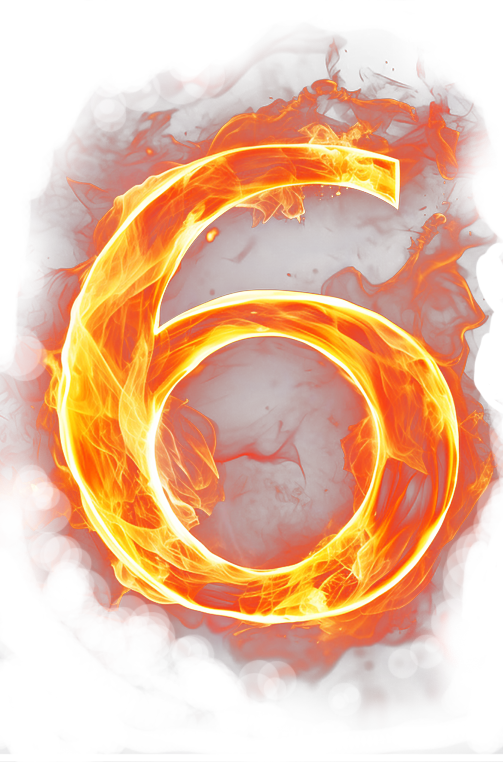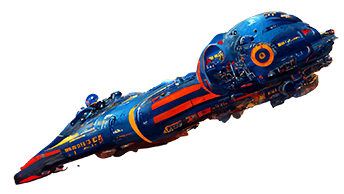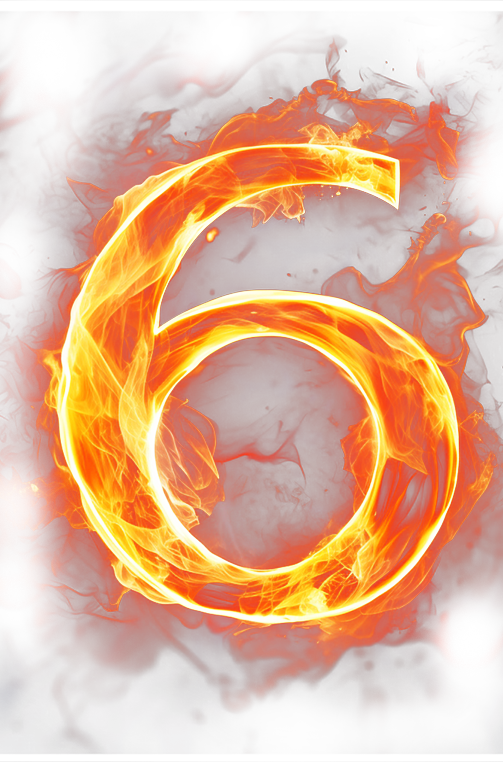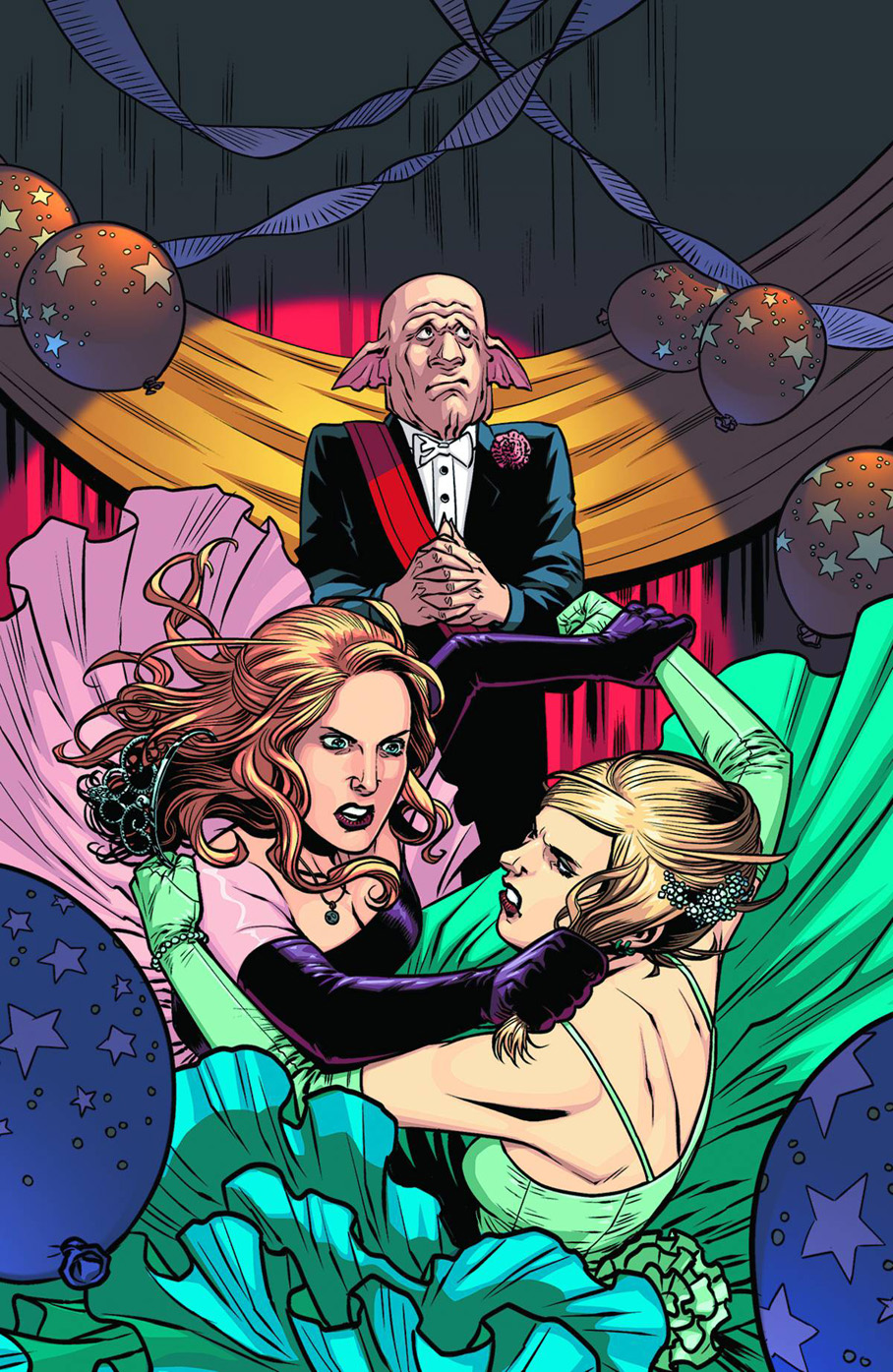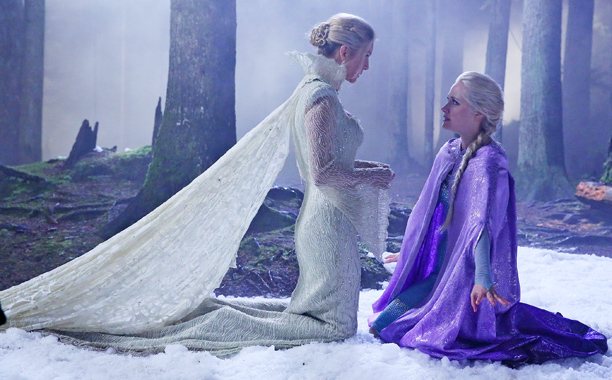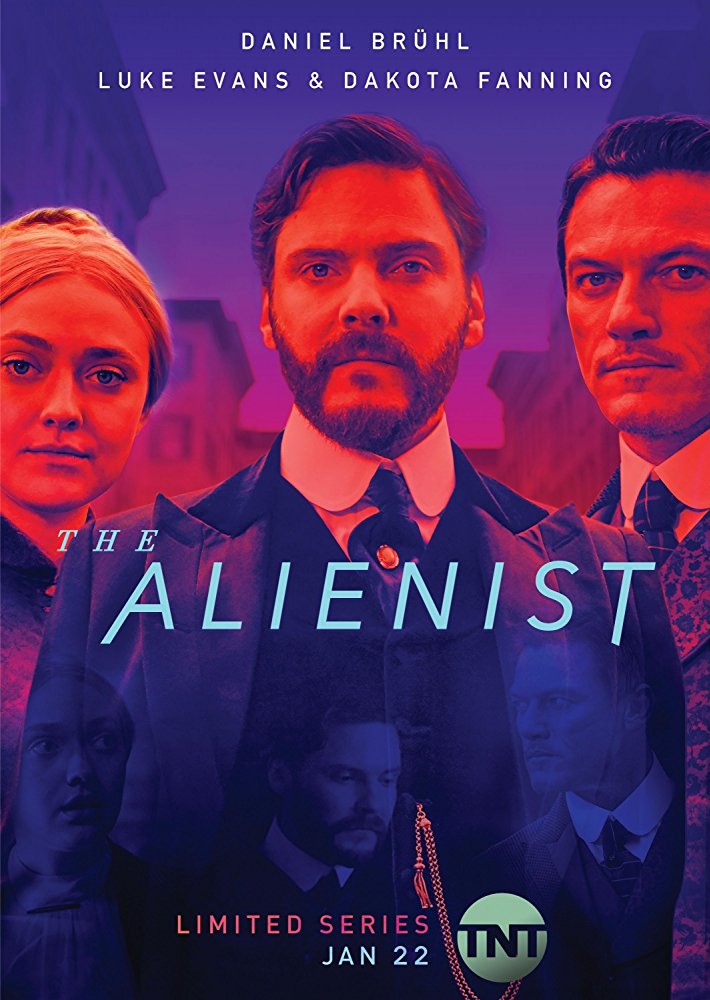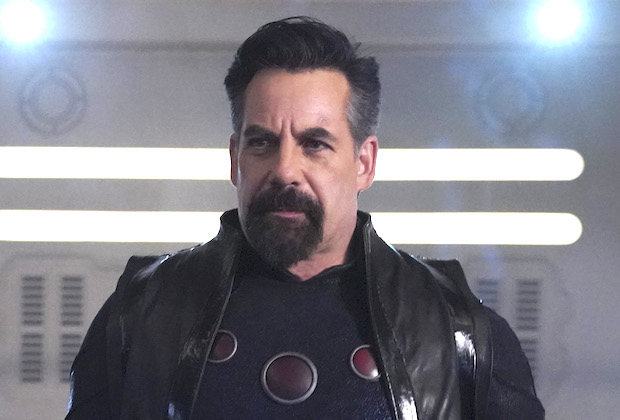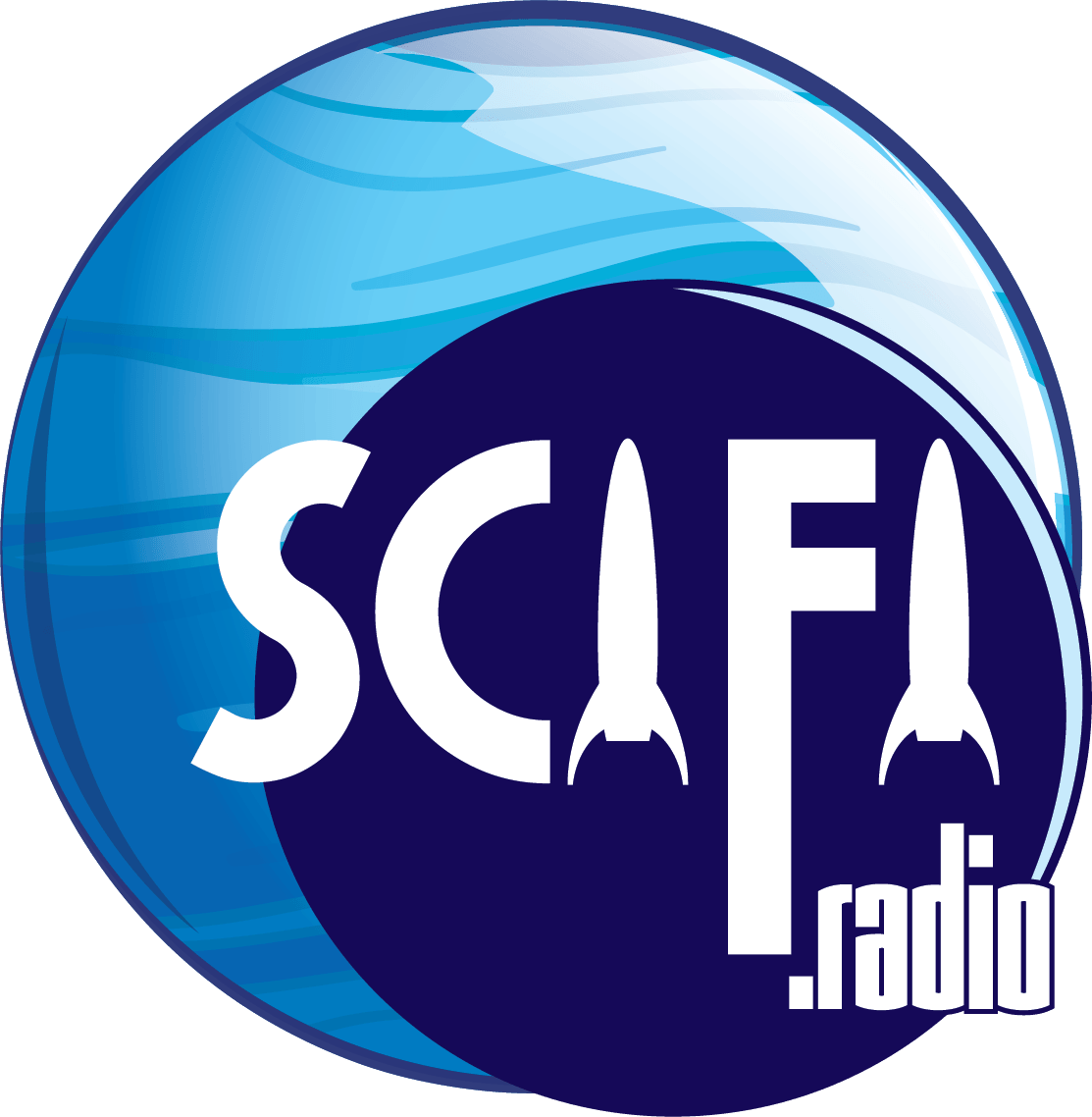Our story begins with a break-in at a high-tech holding facility. Two colorful and familiar figures race inside – one attired in an advanced battlesuit, the other in the guise of a pale harlequin. Anyone familiar with DC’s colorful roster should instantly glean their identities as Lex Luthor and the Joker (here referred to as the Jester). But these are not the Luthor and Joker that we know so well.
After a quick defeat of a laser grid defense system, Luthor exclaims that there’s "No time for niceties", before activating one of his battlesuit’s many weapons and ripping open a set of reinforced vault doors. "Way to be stealthy, Luthor," intones the Jester. Luthor’s answer is curt: "The moment I shut down the laser grid, it sent a silent alarm. They’re already on their way here."
Words that carry an undercurrent of abject dread. They enter the vault. An acidic burst from the Jester’s baton and a wall recess is revealed. From that recess, Luthor extracts a small, glowing device. "The Quantum Trigger," breathes the Jester. With a half-smile, Luthor replies: "Now, we have a chance."
And then, predictably, it all goes to hell.
Perhaps not so predictably is the tale that then unfolds.
Screenwriter Dwayne McDuffie has put together an adventure that breathes new life into a team of silver-age adversaries who, it might be said, never really got the chance to hit their potential during those halcyon days of Comics Codes and Middle Americana. They were known as the Crime Syndicate – a set of criminals who were twisted analogues of the better-known members of the Justice League. For the purposes of the movie, their roster includes Ultraman (counterpart to Superman), Superwoman (counterpart to Wonder Woman), Owlman (their version of Batman), Johnny Quick (counterpart to the Flash), and Power Ring (an alternate Green Lantern).
Although their background has always been dystopian, the Crime Syndicate were, nevertheless, created for a younger market and, as such, rarely shown with as much nihilistic intent as they deserved.
As a result of a desperate escape plan through the dimensional veil, the Lex Luthor of Syndicate-Earth arrives on JL Earth. Quickly seeking an audience with the Justice League, he informs them that he is, in fact, the leader of his own world’s Justice League. Or, rather, was. One by one, his teammates have been eliminated by the more ruthless Syndicate. He has made his way across the dimensional gulf to seek help in liberating his homeworld. Such a request is not to be taken lightly and Luthor is asked to wait outside the meeting room while a decision is reached. While waiting, we see that even this heroic version of Luthor is not without his scheming side. He takes advantage of this time to hide the Quantum Trigger he has brought with him behind a large piece of equipment in the hallway.
The debate between the heroes carries a quiet, well-played tension. Despite reservations from both Green Lantern and Batman, it’s ultimately agreed that the Justice League must stand for something beyond the limitations of their planetary homefront. A strike team comprised of Superman, Wonder Woman, Green Lantern, Martian Manhunter and Flash accompany the reverse-Luthor back to Syndicate-Earth.
At this point, the scene shifts to Syndicate-Earth and the headquarters of that world’s Justice League. We see underlings of the Crime Syndicate, led by Superwoman, rifling through the wreckage of the main meeting room in their search for the Quantum Trigger and it’s here that an oddity crops up. As has already been seen, the main members of the Syndicate wear uniforms that, while not identical to those worn by the members of the Justice League, are nevertheless representative enough to enable a viewer who might be unfamiliar with them to see the connection to each of their analogues. Whether by Ultraman’s wide-shouldered cape a la Superman or the stylized "Q" on Johnny Quick’s chest with the lightning-bolt flourish that reminds one of the lightning emblem on the costume of the Flash, each member has some sort of visual cue that quickly ties them to their heroic doppelganger. If one looks back at the original costumes worn by the characters in the comics, one can see that careful consideration was given to upgrading their look for modern audiences. Owlman’s semi-metallic look is particularly telling, in light of the feathery, bird’s-head helmet he was originally known for.
However, when we see the background characters going about their business in the scene in question, we are quickly struck by the fact that, for the most part, their look is virtually identical to their League-Earth counterparts, as immortalized in the comics. With next to no variation in costume design, we see such characters as Vixen, Vibe, Gypsy (complete with bare feet), Halo Looker AND Black Lightning. Even more curious, we see a couple of other characters in the forms of Katana and Elongated Man and we wonder at the fact that significant effort has been taken to give them variant visual appearances.
Granted, these are details that may matter only to those who follow the exploits of these characters in their respective comic-books but it does beg the question as to why the character designers were so selective in their ministrations.
In a burst of incandescence, the Justice League strike team and Luthor materialize in the middle of the room. Neither side expects to find the other here and the instant result is the moment that comic-book fans live for: The super-fight.
For the record: In fight choreography, explosive action and ramp-level of good, old-fashioned slugfests, this movie does not disappoint. Great care was taken to give each character the kind of approach and resolution to his or her respective conflict that best suited their capabilities and psychology. Hats off to directors Sam Liu and Lauren Montgomery and the entire storyboarding team for satisfying a lot of fan wish fulfillment and giving life onscreen to that which graces the pages of so many beloved comic titles in still-image form. The action is larger-than-life and you are right there for every punch, throwdown, slam, crash and energy burst and it is glorious.
In the wake of this, the Leaguers are introduced to the U.S. president – a man by the name of Slade Wilson. Comics fans will recognize Wilson as a mainstay adversary to the Teen Titans in both print and animated television. On Syndicate-Earth, he is instead a war hero, a savvy politician and a loving father. Herein, however, is another curiosity.
The story calls for a character by the name of Rose to be Wilson’s daughter. This person is recognizable as a character out of DC’s silver-age past known as Rose/Thorn, an anti-hero plagued with a deadly case of split personality. In the comics, Rose, as Thorn, ran afoul of Batman on several occasions while demonstrating an almost rabid willingness to either maim or kill her criminal targets. In DC animated projects, it usually makes for a nice little game of "spot the difference" in the inclusion of obscure characters in a given storyline. In the comics, Slade Wilson does indeed have a child – a son known as Joseph, who went on to become a hero known as Jericho and who was a member of the Teen Titans for a time. It’s an odd sidestep off the accepted approach to present us with an integral character in the form of a daughter who – in DC canon – has never held a connection to the Wilson character. Why instead were we not given a reverse-image form of his son Joseph? The two-part
answer is both simple and unfortunate. First of all, Joseph/Jericho was a hero in the main continuity. That would seem to dictate that he’d be a criminal on Syndicate-Earth. So, right there, he’s out as a candidate. Secondly, for the sake of a love-interest in the story, the character of Rose was considered more accessible. But it begs yet another question: Why not simply use another character in the position of the president who would be deemed more appropriate? Someone who was either actually shown to have a daughter in the comic-books (admittedly, a rare thing among super-villains who would be easy to transpose as heroes) or someone for whom an all-new daughter could be cobbled up?
A scene-by-scene depiction of the film would simply rob you of the pleasure of seeing things unfold for yourself. Suffice to say that Syndicate-Luthor’s hiding of the Quantum Trigger only serves to complicate things for the League and ultimately leads to a showdown of existential proportions.
By official DC canon, the Crime Syndicate of America was originally determined to exist on Earth-3, one of the main alternate Earths that DC comics writers deigned to revisit from time to time. Earth-3 featured a reverse human history, shown in such examples as a Revolutionary War that culminated in Washington surrendering his sword to Cornwallis and British colonists successfully declaring their independence from America and Abraham Lincoln being the assassin of John Wilkes Booth. Here, the iconic figures who would go on to comprise the membership of the Justice League of America on the Earth of common familiarity instead became the world’s most notorious villains. Upon joining forces, their combined power easily made them the deadliest and most overwhelming menace in human history. In the comics, they manifested on an Earth that actually never had super heroes. So, their takeover hardly came as a revelation. Here, however, the idea that there was a Justice League to oppose them but that their campaign proved to be too vicious to stop endows them with a whole new level of respectability.
The film is rated PG-13 and for good reason. Parents are hereby strongly cautioned that the content is demonstrably violent, some dialogue leans to the rough side and some scenes carry downright sexual overtones. Teens and the like shouldn’t have any problems but it’s a bit much for the little ones.
On to the cast. Andrea Romano has assembled a stellar line-up for the voices of our heroes and villains, including: MARK HARMON as Superman, WILLIAM BALDWIN as Batman, CHRIS NOTH as Lex Luthor, VANESSA MARSHALL as Wonder Woman, BRUCE DAVISON as Slade Wilson, NOLAN NORTH as Power Ring, JAMES WOODS doing the voice of Owlman and GINA TORRES of Firefly fame enacting the voice of Superwoman.
Being involved in a DC animated project is nothing new to Gina Torres, given the fact that she has served as the voice of the character Vixen in five episodes of Justice League Unlimited. It is her performance, along with that of James Woods’ Owlman portrayal, that really steals the show. Her character is a sensual one; born out of the fires of ultraviolence and seductive heat. There is a simmering undercurrent of sexuality in Superwoman’s dialogue with Owlman that is all the more supercharged by the fact that Owlman himself appears almost distressingly cold and aloof to her advances. This quality of social dynamic is actually surprising, considering the fact that the actors never recorded their parts in the same room together.
Rounding out the first disc of the two-disc DVD set is an animated short under the banner of "DC Showcase". This short focuses on the story of another powerful, albeit enigmatic, member of the DC family: The Spectre.
The Spectre is a golden-age character who first appeared in story form in the February, 1940 issue of More Fun Comics (#52). In that origin story, a detective by the name of Jim Corrigan is murdered but not allowed to take his eternal rest. His spirit is instead sent back to Earth, guised in green, and charged with the task of eliminating evil from the world. In later years, this was scaled down to the avenging of innocent lives lost through murder.
The Spectre reached the height of both his popularity and powers in the seventies. By this time, the writers and artists had gotten a handle on the type of "world" he moved through and this tempered the nature of his stories. His was a grim and thankless mission and the cast of his enemies were often not known so much for their level of power as for the depths of their depravity. Thus, his tales were relegated more to the darker side of the psyche.
Screenwriter Steve Niles is the mind behind the short, having held a fascination for the character for many years. Mr. Niles is the writer of both the film and the mini-series 30 Days of Night, a tale of vampires in northern Alaska. Though his short makes no attempt to detail the Spectre’s origin, it actually serves a greater purpose: To provide interest in future explorations of characters who are not as well-known as the heavyweights. It’s a good idea and a good first step and one would hope that it’s a trend that will be continued in subsequent animated projects.
Disc two of the set offers a featurette – "DCU: The New World". Executives and creators of DC comics, such as Paul Levitz, Dan DiDio, Geoff Johns and Brad Meltzer expound on the history and complexity of DC’s many Crisis storylines, with examples shown of past stories in the Justice League title, as well as the core mini-series Identity Crisis and Infinite Crisis. It’s not particularly informative, especially to someone looking for a springboard into the vastness of the DC milieu. However, it’s nice to put faces and voices to those gifted individuals who have crafted such memorable tales.
Also on disc two is a nice bonus: The two-part episode from the Justice League animated series entitled "A Better World", which deals with the issue of an alternate Earth and the "what if" of the Justice League arriving at the conclusion that the world might just be a better place if they would only step up and take a proactive stance on a scale commensurate with their abilities. It’s a nice "huzzah" in the aftermath of the main feature and keeps the interest high for those intrigued by the possibilities and issues raised by the primary tale.
In conclusion, JUSTICE LEAGUE: CRISIS ON TWO EARTHS is a worthy entry in small-screen offerings from DC. Its drama, humor, issues of existentialism and character interaction makes it wonderfully entertaining and a must-have for any fan’s DVD library. With material this good, it is hoped that these silver-screen tales are spurring some viewers to turn to the comics themselves. For, therein, the rich and fabulously varied mythology of DC grows grander every day.
By way of afterword, don’t miss the first-look at Batman: Under the Red Hood – DC’s next big thing for DVD. You’ll find it on disc one, under the Special Features heading. It’s heavily anticipated and, if it lives up to its promises, may just raise the storytelling bar for animated comic-book features a few more notches.
